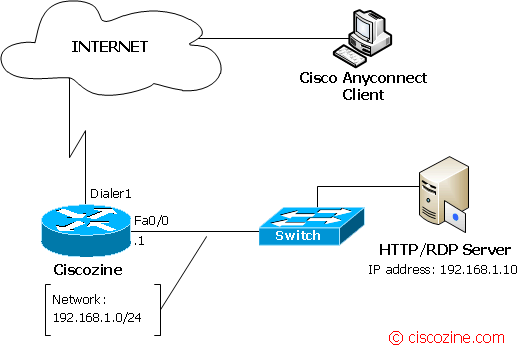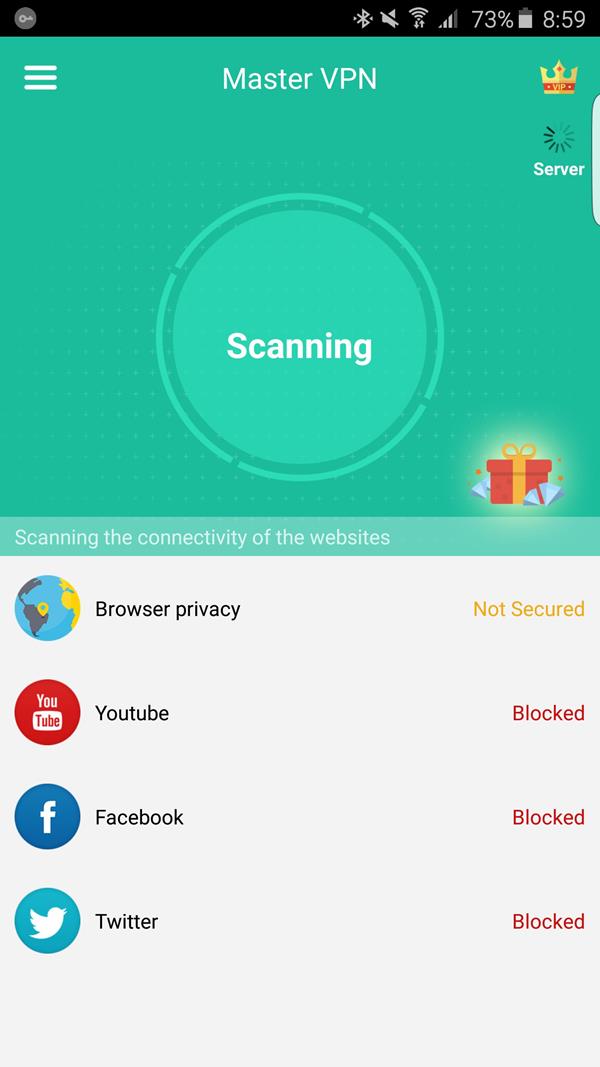

The following examples shows the username William and index number 2031. This command “ Show vpn-sessiondb anyconnect” command you can find both the username and the index number (established by the order of the client images) in the output of the “ show vpn-sessiondb anyconnect” command. The command “ show vpn-sessiondb detail l2l” provide details of vpn tunnel up time, Receiving and transfer Data Cisco-ASA# sh vpn-sessiondb l2lĮncryption : IKEv1: (1)3DES IPsec: (1)3DES

The following is sample output from the “ show vpn-sessiondb detail l2l” command, showing detailed information about LAN-to-LAN sessions: We are mentioning the steps are listed below and can help streamline the troubleshooting process for you. Refer to Most Common IPsec L2L and Remote Access IPsec VPN Troubleshooting Solutions for information on the most common solutions to IPsec VPN problems. This document assumes you have configured IPsec tunnel on ASA. This document describes common Cisco ASA commands used to troubleshoot IPsec issue. In this post, we are providing insight on Cisco ASA Firewall command which would help to troubleshoot IPsec vpn issue and how to gather relevant details about IPsec tunnel. If you use your VPN connection, you should see the bytes transmitted/received numbers change as you re-issue this command.Cisco ASA IPsec VPN Troubleshooting Command Use the show vpn-sessiondb anyconnect command to view detailed information about current An圜onnect VPN sessions.ĭetailed information includes encryption used, bytes transmitted and received, and other statistics.Following is sample output from the command. The statistics should show your active An圜onnect Client session, and information on cumulative sessions, the peak concurrent number of sessions, and inactive sessions.Use the show vpn-sessiondb command to view summary information about current VPN sessions.In the Devices & Services page, select the device (FTD or ASA) you want to verify and click Command Line Interface under Device Actions.If you configured group URLs, also try those URLs. See How Users Can Install the An圜onnect Client Software. If necessary, install the client software and complete the connection. Using a web browser, open ravpn-address, where ravpn-address is the IP address or hostname of the outside interface on which you are allowing VPN connections. From an external network, establish a VPN connection using the An圜onnect client.


 0 kommentar(er)
0 kommentar(er)
